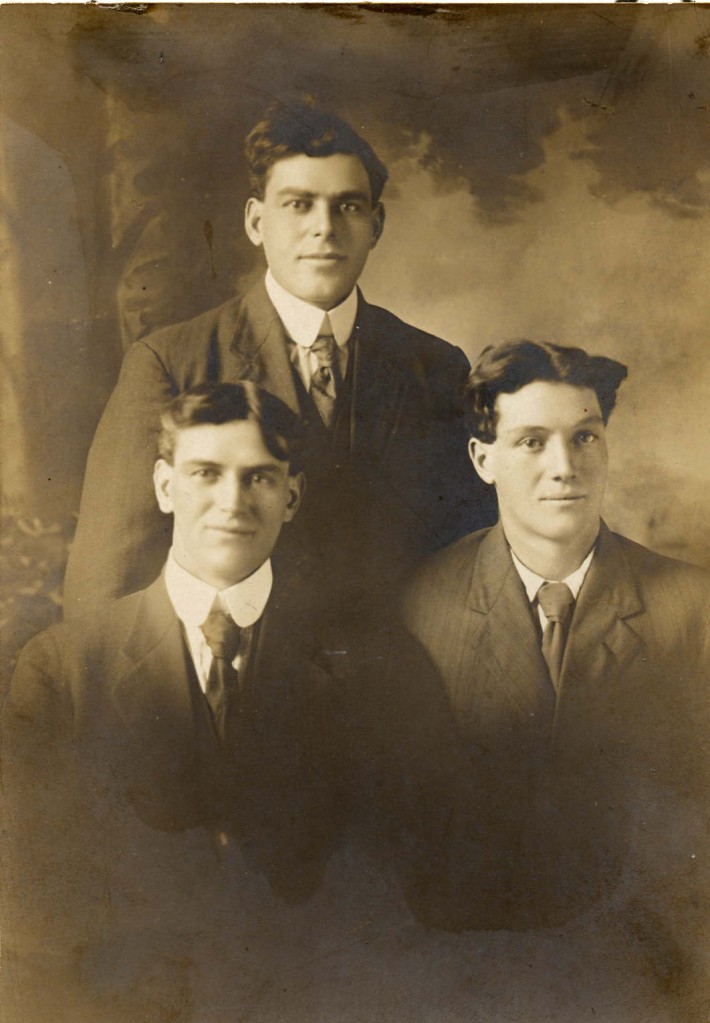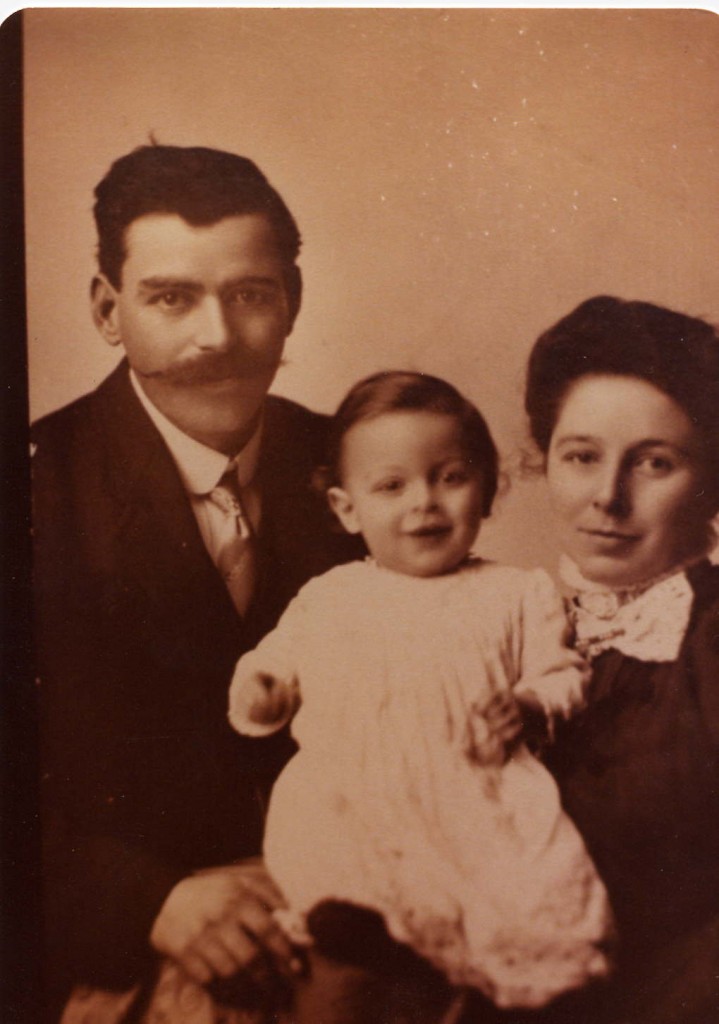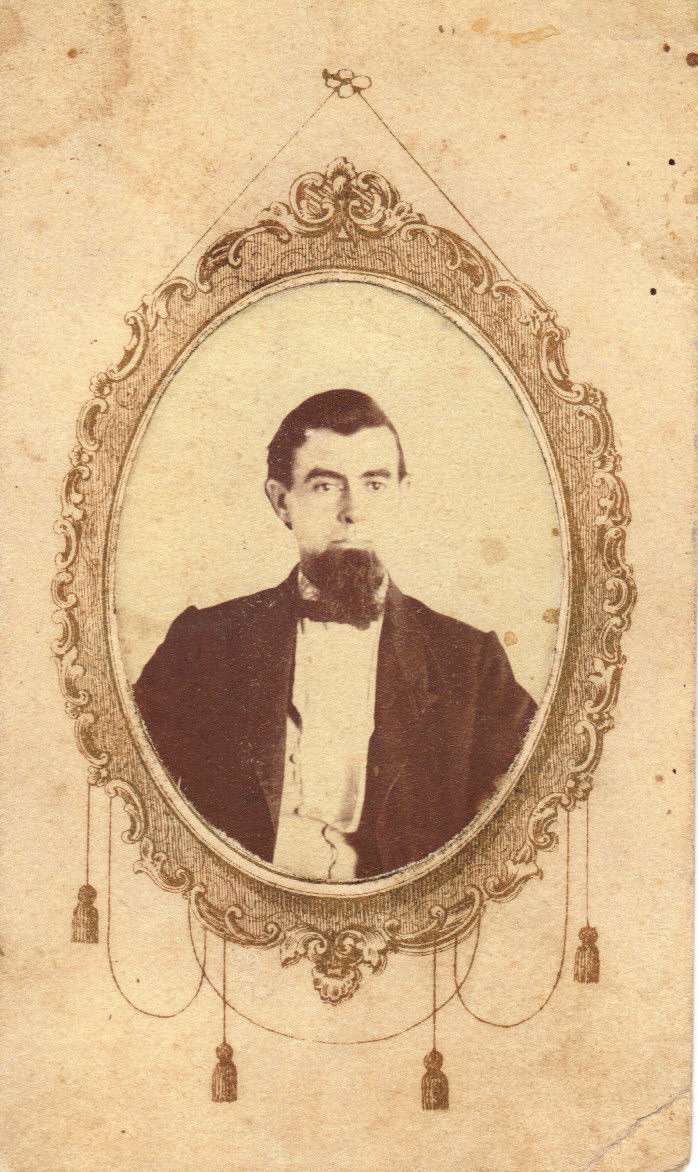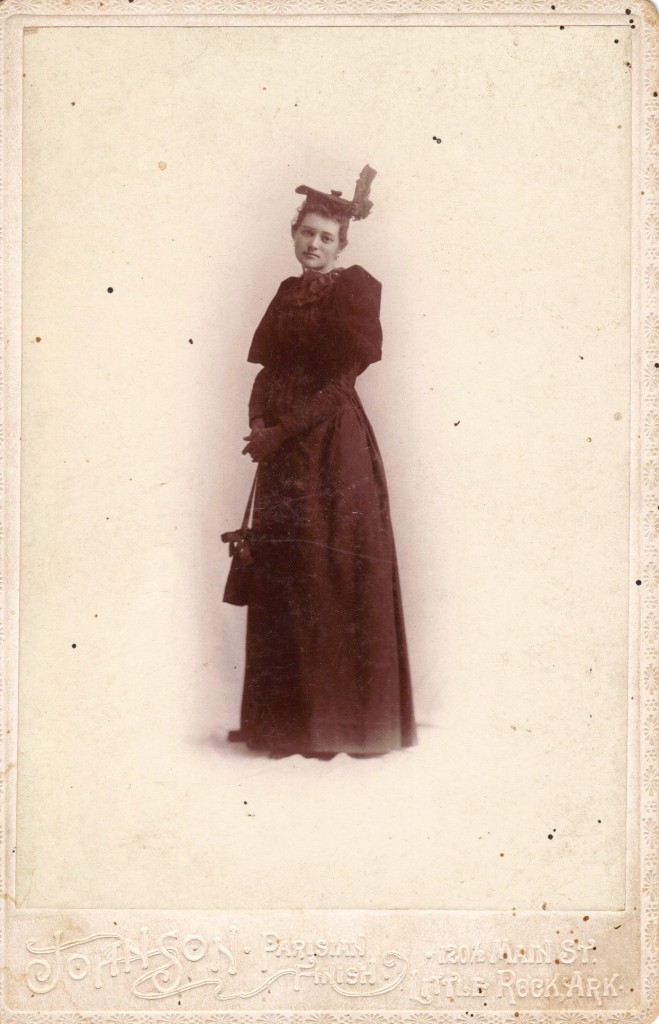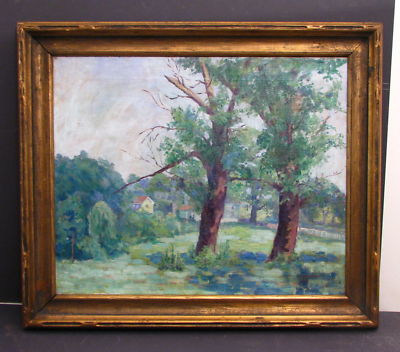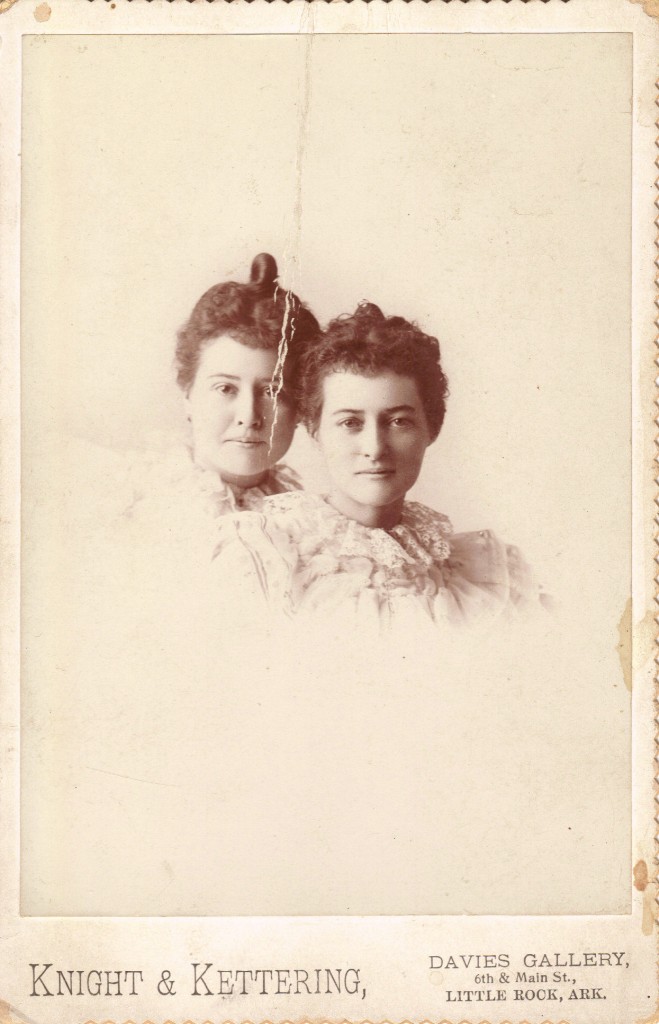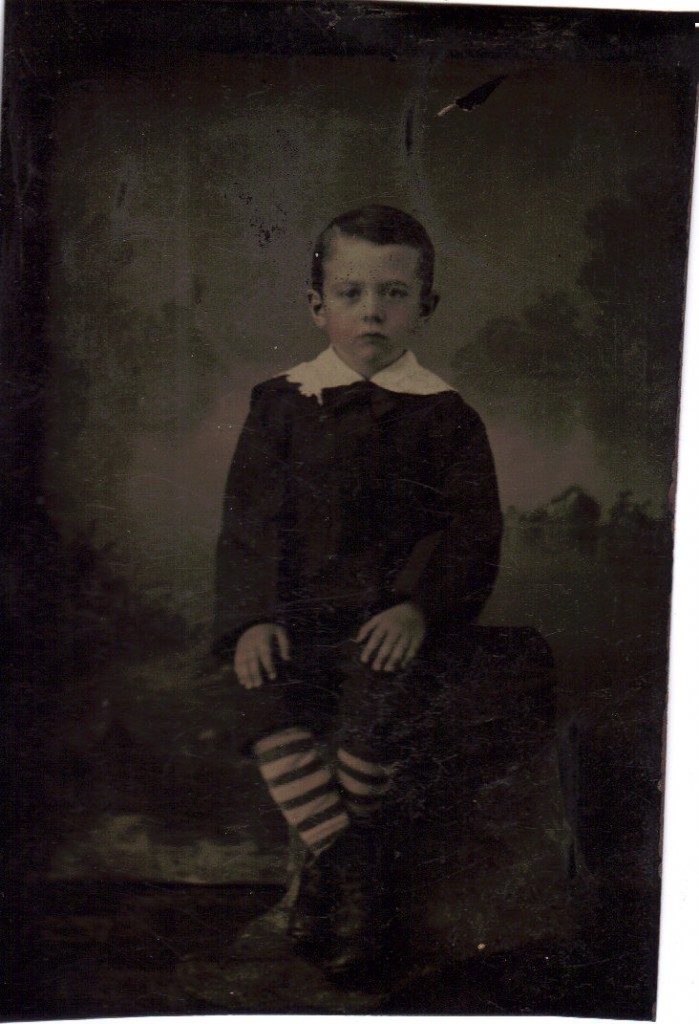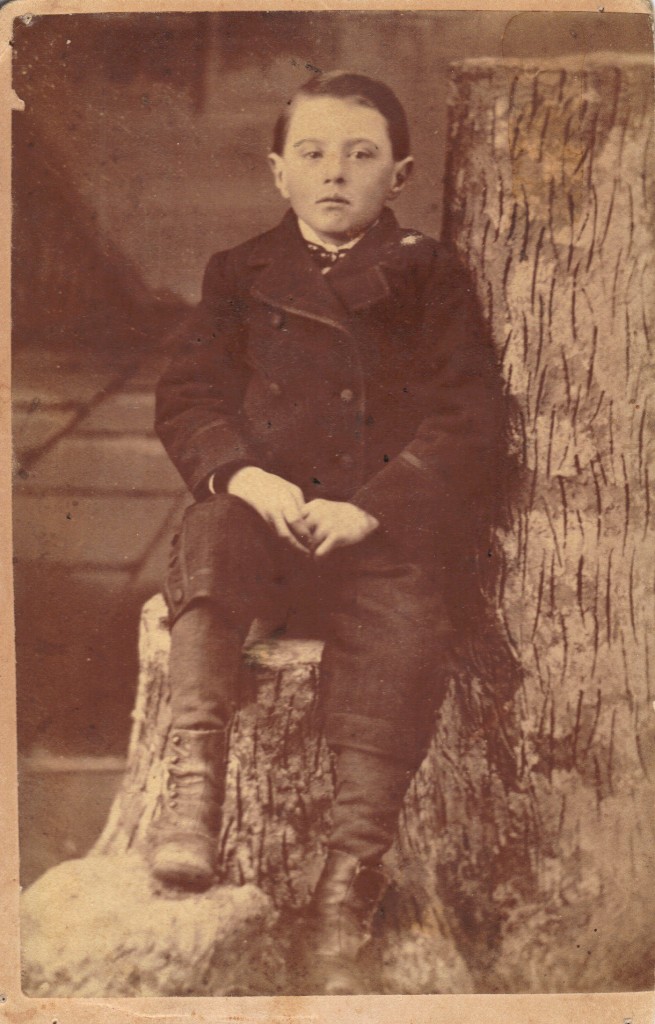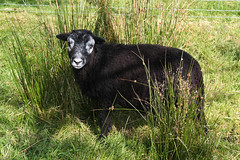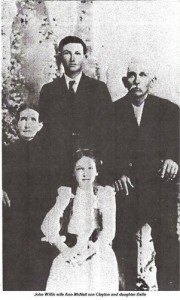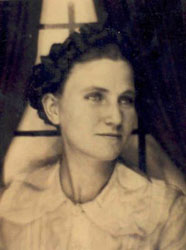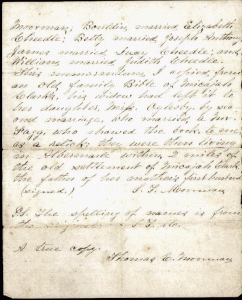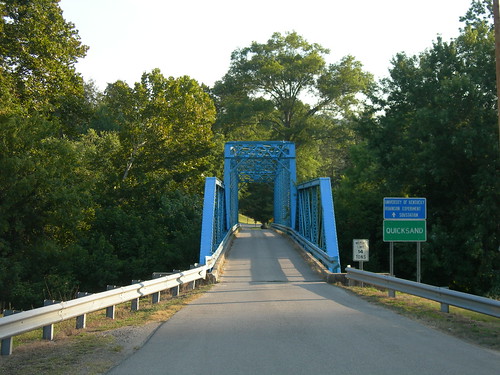
Last week, I began a series on my father’s grandparents, all of whom (I believe) died before I was born, or at least before I had a chance to meet them. This week’s post is likely to be short, as I know next to nothing about my great-grandfather, Frank Chatman. I did not even discover that he was my great-grandfather until a couple of years ago. Thinking I had little chance of learning anything about my paternal grandmother’s family, I ordered her birth record. I knew she was born in Breathitt County, but beyond that, I wasn’t sure of the name of the community or town. The abstract on Ancestry.com through the Kentucky Birth Index was puzzling. I had believed my grandmother’s maiden name was Campbell, but her birth name was Fay Trusty (Fay being her middle name, as I understood it), the same as her mother’s maiden name. I wondered if perhaps she was born out of wedlock and her parents married later. Finding her and her mother on the 1930 census in Middletown, Ohio with the last name Trusty and living in the home of my grandmother’s aunt and uncle seemed to confirm the suspicion. I knew I wouldn’t solve the mystery unless I ordered a copy of my grandmother’s birth record. It was surprisingly easy to obtain. I thought I would need to offer some sort of proof of our family relationship besides just saying she was my grandmother, but no such proof was necessary. I think that’s a little scary, even if it did make things convenient for me. When I received the record, imagine my shock to discover that Osa Campbell was not my grandmother’s father. Rather, her father was a man named Frank Chatman. His occupation was listed as convict, and his home the Kentucky State Penitentiary.
Of course, my first question was What did he do? The second was Did my grandmother know this man was her father? I found out later that the answer to the second question was yes, but not until after her mother and any other family members she could ask about it had passed away. The answer to the first is more complicated. I wrote to a state archivist asking for help, and she seemed to take a genuine interest in the case. She actually sent me a copy of the 1930 census (even though I already had it). This is her reply to my first query:
Our office has received your request for a criminal record involving Frank Chatman (Breathitt County, 1929). I have searched our records and have found no entry for Frank Chatman in Breathitt County. If this case could have taken place in another county, please let me know.
I apologize for any inconvenience.
I wrote that I had no idea where the crime took place. Here is her reply:
I have searched our records further (primarily our prison records) and found a couple entries for a Frank Chatman. One was for a Frank Chatman (Chapman), whose crime occurred in Martin County, and another entry whose crime occurred in Pike County. Both were for willful murder. If one of these Frank Chatmans is your great-grandfather, I believe it would be the one from Pike County. This occurred in 1921, when he was 15 years old, and his sentence was only for 5 years. I believe the Frank Chatman that you found on the 1930 census was for the Martin County Chatman–he received a life sentence, and he was 42 when his crime occurred. I have made copies of our prison record that I will send to you, but I will also try to locate the Pike County case–likely will not have a lot of info, though. If I find it, I will certainly send it to you.
Hope this brings a bit of clarity.
The trouble with accepting either of these men as my great-grandfather is that the first is about the right age, but he shouldn’t have been in prison at the time of my grandmother’s birth—according to the record, he served five years, which means he should have been out of prison before my grandmother was born. Now if his case took some time to come to trial, it could make sense. How did he only get five years for murder? He was fifteen, but one would think his sentence would have been longer even so. The other one that the archivist says was 42 and which I found on the census introduces some confusion. The census says he was 27, which makes him also a fairly good fit for my great-grandfather despite what the archivist said. Both Pike and Martin counties are not far from Breathitt County, and either is a logical place of origin for my great-grandfather.
I think the only way I will find out the truth is to go to Kentucky and do some research in newspapers and libraries both in Breathitt County, where my grandmother was born, and through the prison archives. It seems somehow fitting that the name of the town in which my grandmother was born is Quicksand. The story inspired me to write a book that remains unedited in a file on my computer. I did find a fellow Ancestry.com member with some intriguing information in her family tree. If I win Who Do You Think You Are? sweepstakes, I know what case I’m going to put my professional genealogist on. I sure wish I was able to pursue this thread now, though.

